Who would have thought that the smelly sticks we burn to make our homes smells nicer could have such a long and fascinating history? It has been used for centuries for religious and spiritual purposes, and today it's still enjoyed by many people who appreciate its unique scent. In this blog post, we'll take a look at the origins of incense and how it's made. So whether you're a fan of incense or just curious about it, read on to learn more!
1. What is incense and where does it come from?
What Is Incense?
It is a substance that produces fragrant smoke when burned. It's made from a variety of natural materials, including tree resin, bark, plants, and essential oils. When these materials are combined and burned, they release a pleasing scent into the air.
It has been used for centuries for a variety of purposes, including religious ceremonies, spiritual practices, and simply to make a space smell nice. It's still used today for all of these reasons and more! You can buy incense in store or online, and there are even some recipes out there if you're feeling DIY-inclined.
Where Does Incense Come From?
Most of the world's incense comes from Asia, specifically China, India, Japan, and South Korea. These countries have a long history of using it in religious and spiritual ceremonies. If you've ever been to an Asian temple or shrine, chances are you've noticed the pervasive scent of it in the air!
How Is Incense Used?
There are many ways to use it. In its simplest form, it can be lit and allowed to burn on its own. This is often done in meditation or prayer as the scent is thought to be calming and centering.
It can also be used in combination with other objects, such as charcoal discs or heatproof bowls filled with sand. These methods allow the incense to smolder rather than burn, which produces less smoke.
2. The history of incense - how it's been used throughout the years
The word "incense" comes from the Latin word "incendere" which means "to burn." It is made from a variety of different materials including tree resin, spices, herbs, and wood. It's thought that the first it was made by the ancient Sumerians in Mesopotamia. It was then used by the Egyptians, Greeks, and Romans.
In ancient times, it was used in religious ceremonies and as a way to mask bad smells. It was also thought to have medicinal properties.
For example, it was used to treat colds, headaches, and stomachaches. In China, incense was used in Taoist and Buddhist ceremonies. It was also used in traditional Chinese medicine.
It continued to be used in religious ceremonies throughout the Middle Ages and the Renaissance. In the 16th century, Catholic churches began using incense as part of their mass. This practice spread to other Christian denominations over time.
Today, It is still used in religious ceremonies as well as for its pleasant smell. It's also becoming popular again as a way to relax and de-stress. There are many different types of incense available on the market today including natural options such as bamboo charcoal incense.
- The different types of it and their scents
Powder Incense:
Powder incense is made from crushing herbs, spices, and other plant materials into a fine powder. This type of incense is often used in rituals and spells. Common scents include lavender, jasmine, and rose.
Stick Incense:

Stick incense is made by rolling powder incense into a stick shape. Stick incense is the most popular type of incense. Common scents include sandalwood, cinnamon, and dragons blood.
cone Incense:
Cone incense is made by pressing powder incense into a cone shape. Cone incense burns for a shorter period of time than stick incense. Common scents include frankincense, myrrh, and copal.
Smudge Sticks:
Smudge sticks are made by rolling dried herbs into a stick shape. They are then burned in order to purify an area or person. Common herbs used in smudge sticks include sage, cedar, and lavender.
Herbal Incense:
Herbal incense is made from dried herbs and spices. Herbal incenses are often used in aromatherapy. Common scents include chamomile, peppermint, and eucalyptus.
4. How to use incense in your own home
Choose Your Scent
The first step to using it in your home is choosing a scent that suits you. Do you want something sweet and floral? Spicy and earthy?
Woodsy and clean? The options are endless!
Once you've narrowed down your choices, it's time to choose your stick or cone (or coil, if you're feeling fancy).
If you're new to using it, sticks are probably the way to go—they're easy to light and tend to stay lit longer than cones. coils burn slowly and evenly, but they require a bit more work to set up. Whichever type you choose, make sure you buy quality incense from a reputable source—you don't want your first experience with it to be a smelly one!
Find Your Ideal Burn Time
If you've ever used a candle before, then you know that different candles have different burn times. The same goes for it! Depending on the size and thickness of your chosen stick or cone, it will burn for a certain amount of time. Cones tend to have shorter burn times than sticks, but that doesn't mean they're any less potent—a little incense goes a long way!
Once you've burned through a few sticks or cones, you'll start to get a feel for how long your chosen it burns. And trust me, there's nothing worse than an it stick that won't stay lit (except maybe an extinguisher that won't put it out).
Create Your Sacred Space
Now that you've got your supplies sorted, it's time to create your sacred space. This can be anywhere in your home that feels comfortable and safe to you—a corner of your bedroom, next to your favorite chair in the living room, or even on your front porch if that's where you feel most at peace. Wherever it is, make sure it's free of clutter so you can fully enjoy the experience of burning it without distractions. And speaking of distractions...
Mindfulness Is Key
The final step in using it in your own home is mindfulness. Just like with meditation or yoga, incense Burning requires focus and attention. But unlike those other practices, it smoking isn't about emptying your mind—it's about being present in the moment and letting whatever thoughts come into your head float away as easily as smoke rises from an extinguished matchstick. Now take a deep breath (preferably of fragrant air), relax, and let the magic happen!
5. The benefits of using incense
Relaxation
One of the most common benefits of using it is that it can help to promote relaxation. This is thanks to the fact that it often contains essential oils, which are known to have calming effects on the mind and body. Whether you're taking a break from work or just trying to unwind before bed, lighting up some it can help you to relax and let go of any stress or tension you may be feeling.
Improved Mood
In addition to promoting relaxation, the pleasant smell of it can also help to improve your mood. This is especially true if you're prone to anxiety or depression, as the scent of certain essential oils has been shown to alleviate symptoms of both conditions. If you're feeling down and need a quick pick-me-up, try lighting up some incense and taking a few deep breaths. You just might find that it does the trick!
Reduced Inflammation
One pretty surprising benefit of using it is that it can help to reduce inflammation throughout the body. This is due to the fact that many types of it contain ingredients like frank incense and myrrh, which have anti-inflammatory properties. If you suffer from conditions like arthritis or chronic pain, lighting up some it could help to lessen your symptoms and make it easier for you to get through your day-to-day activities.
6. The risks associated with using incense
Risk #1: Incense Contains Cancer-Causing Chemicals
The National Institute of Environmental Health Sciences has found that certain chemicals in incense are linked to an increased risk of cancer. These chemicals include benzene and polyaromatic hydrocarbons (PAHs). PAHs are created when incense is burned, and they can be extremely harmful to your health. Long-term exposure to PAHs has been linked to an increased risk of lung cancer, breast cancer, and bladder cancer.
Risk #2: Incense Can worsen Asthma and Allergies
If you suffer from asthma or allergies, using incense is likely to make your symptoms worse. This is because it smoke can irritate the lungs and trigger an asthma attack. In addition, the chemicals in incense can aggravate allergies and cause sneezing, watery eyes, and a runny nose.
Risk #3: Incense Can Cause headaches and dizziness
The fumes from burning it can cause headaches and dizziness in some people. Inhaling large amounts of smoke can also lead to nausea and vomiting. If you experience any of these symptoms after using incense, it’s best to stop using it immediately.
Incense is a beautiful thing. Not only does it smell amazing, but it also has a rich history that spans across different cultures and religions. If you’re looking for a way to add a touch of luxury and relaxation to your home, then it is the perfect option.
Not only are there many different types and scents of incense available, but using it is also incredibly easy. So what are you waiting for? Buy some it today and start enjoying all the benefits that come with it!

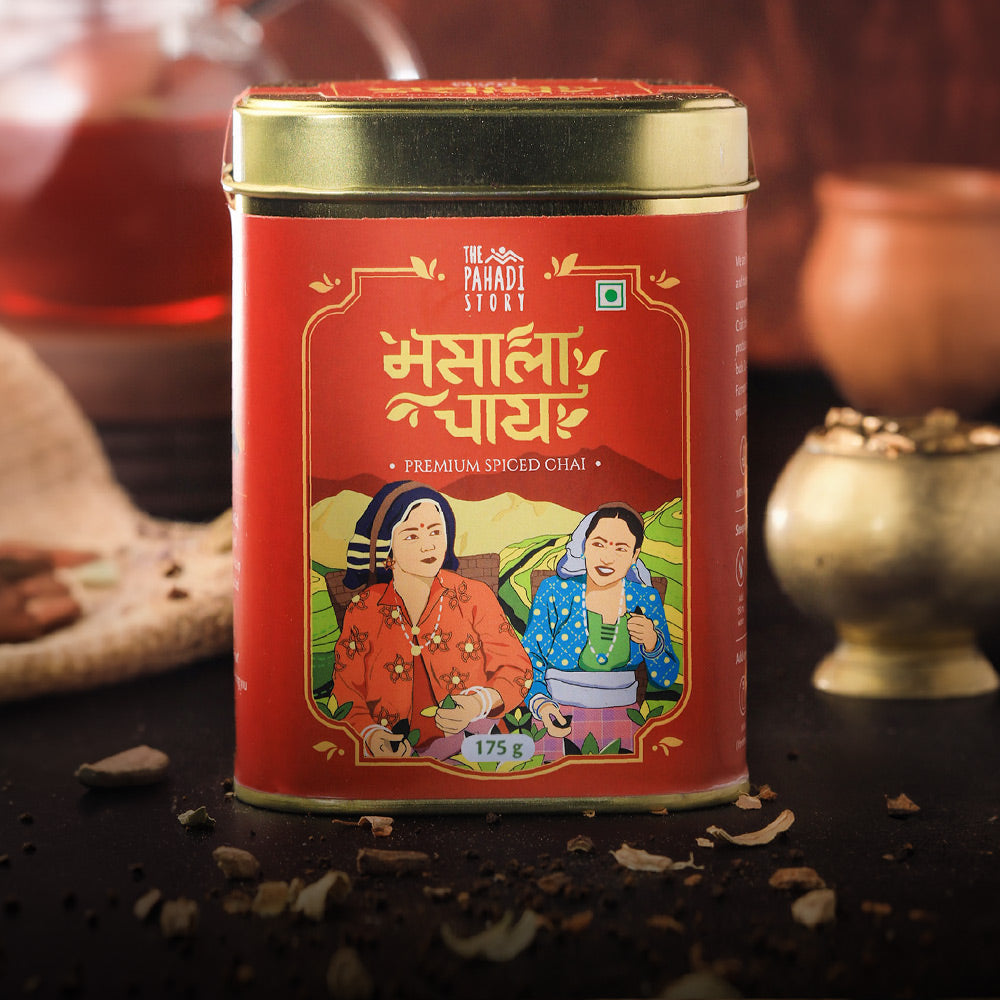
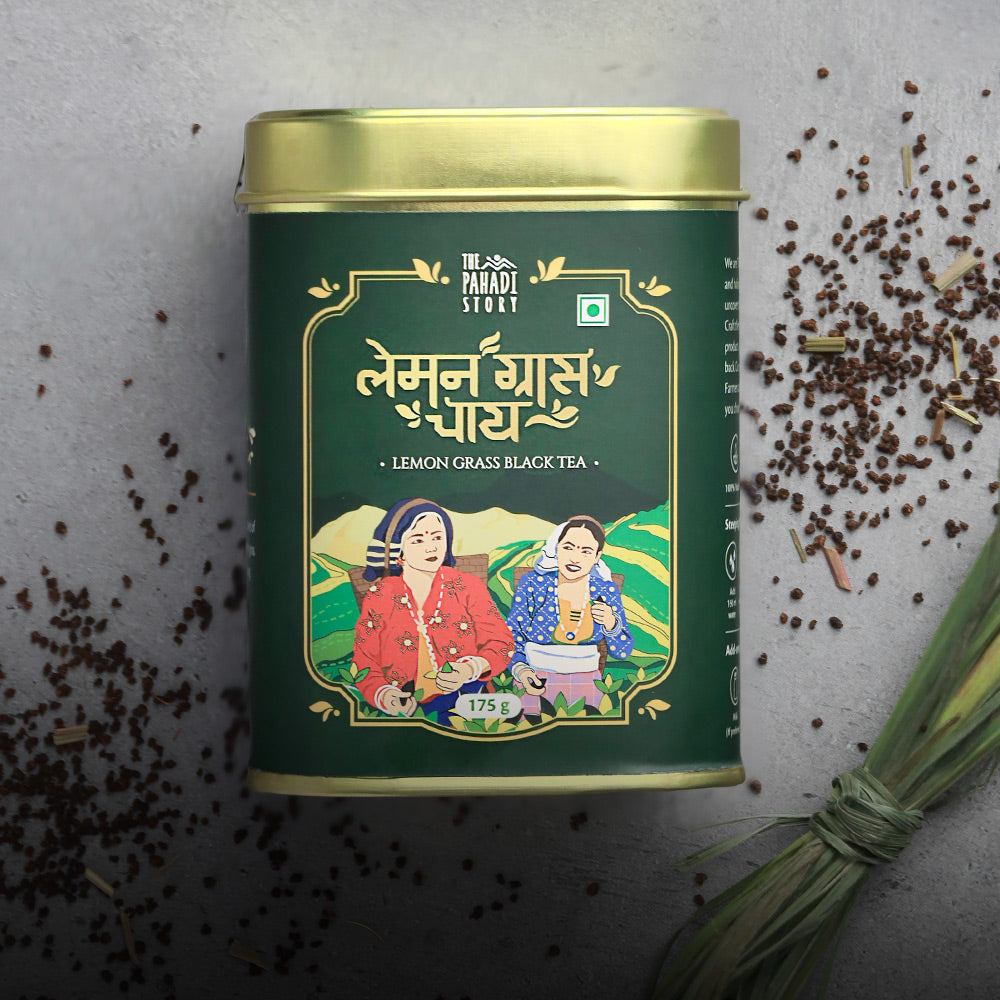

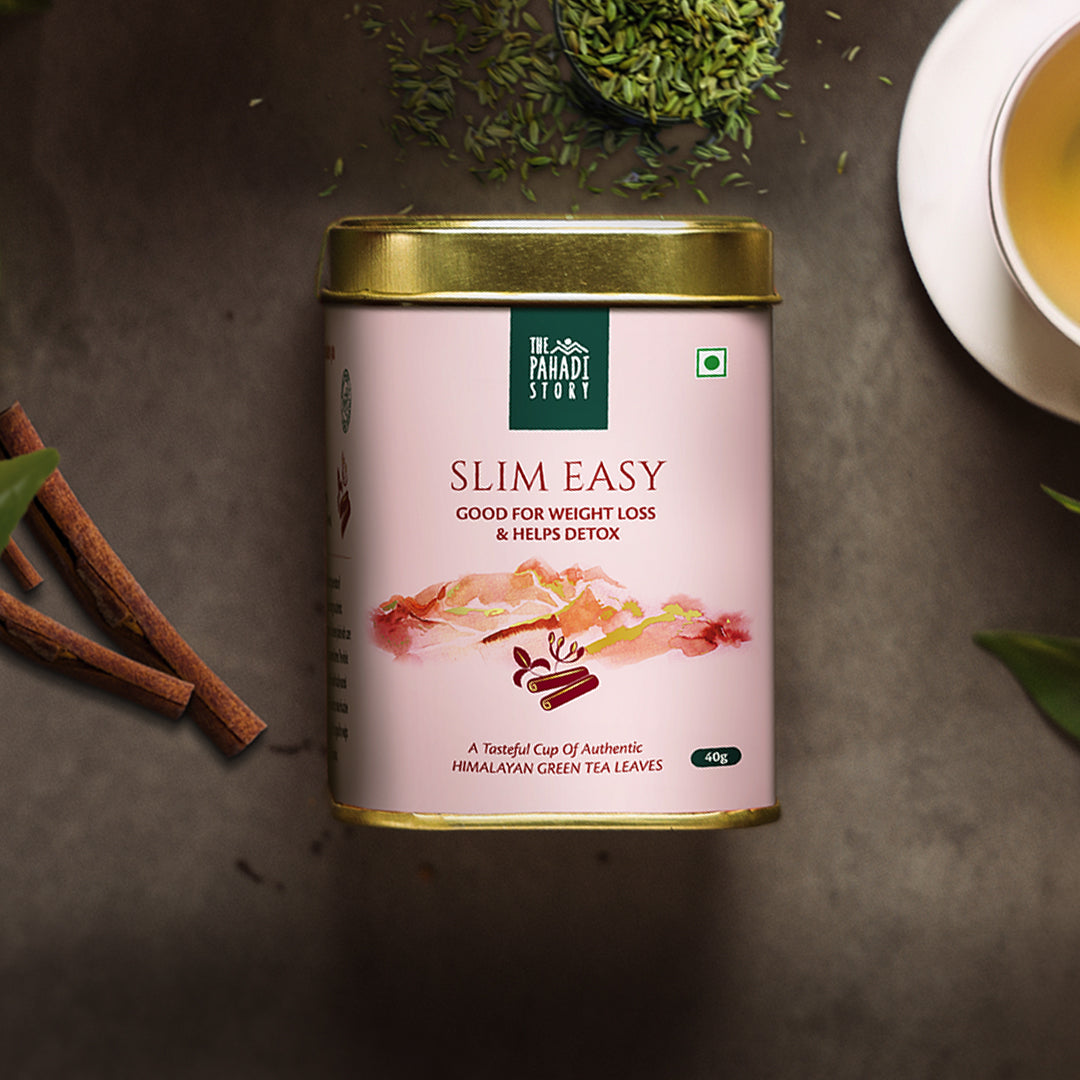
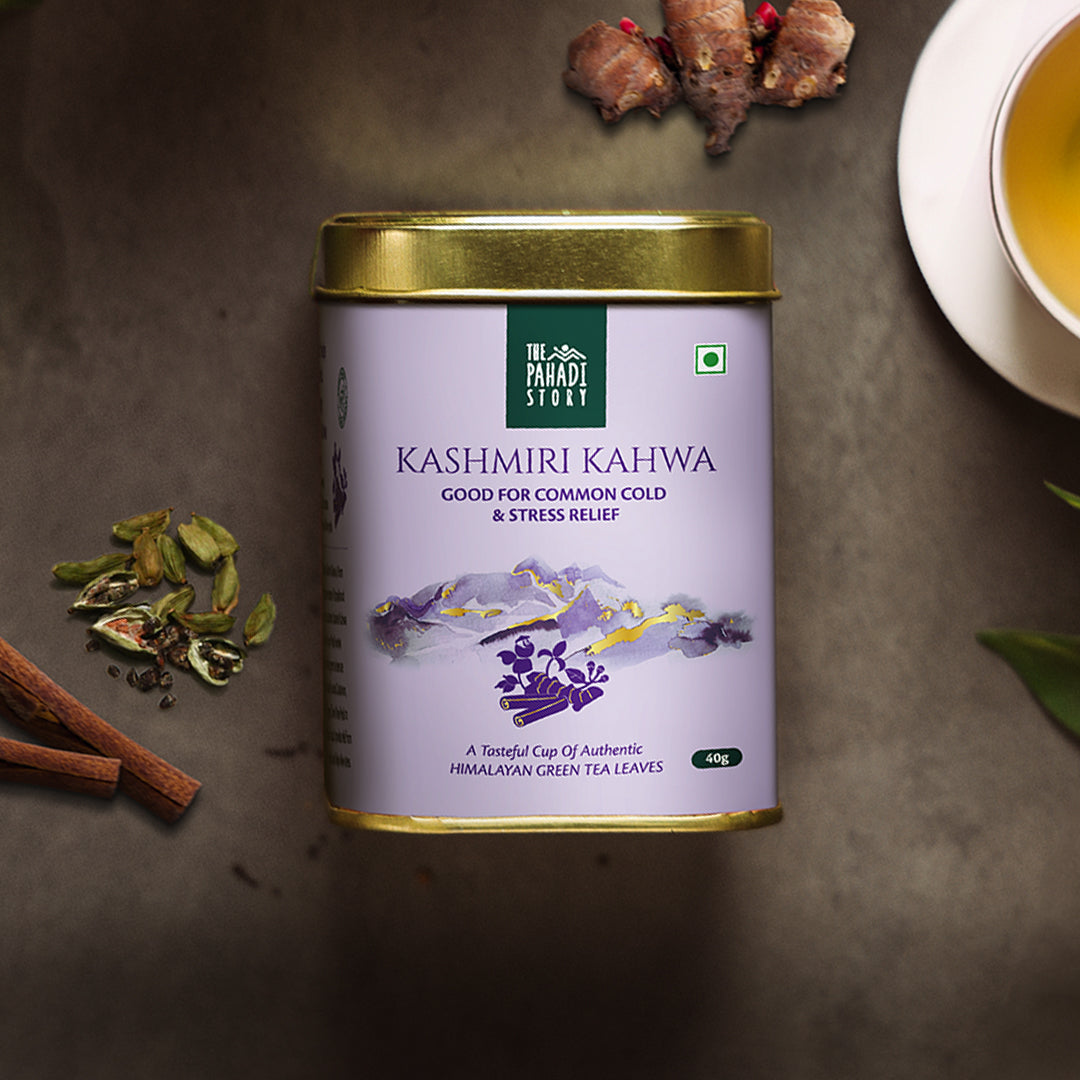

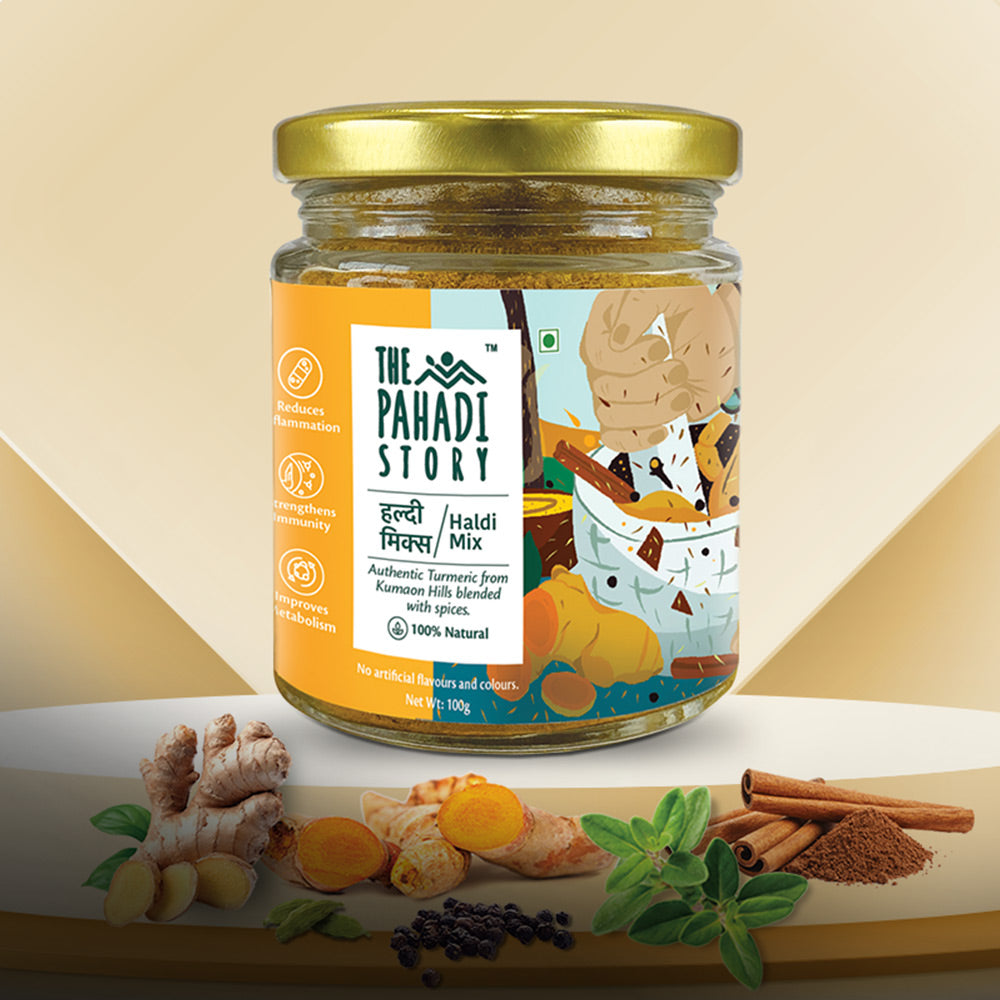
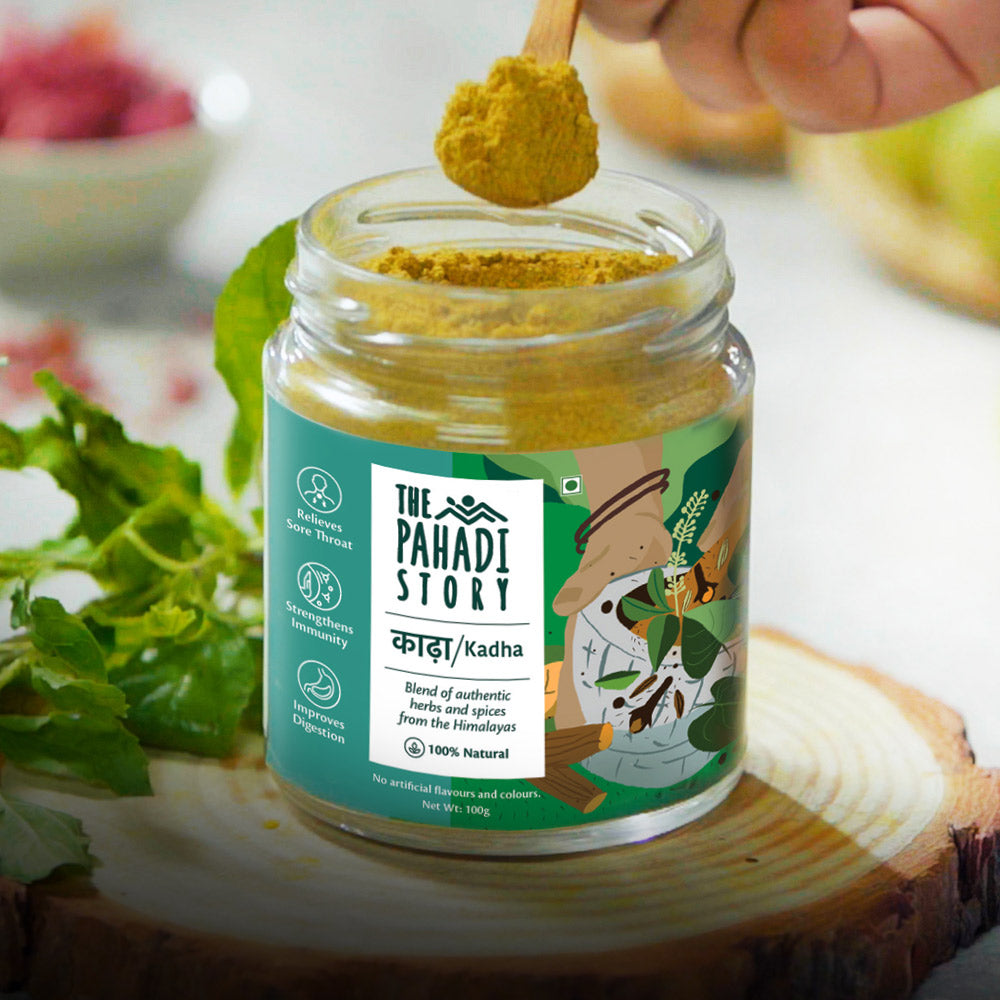
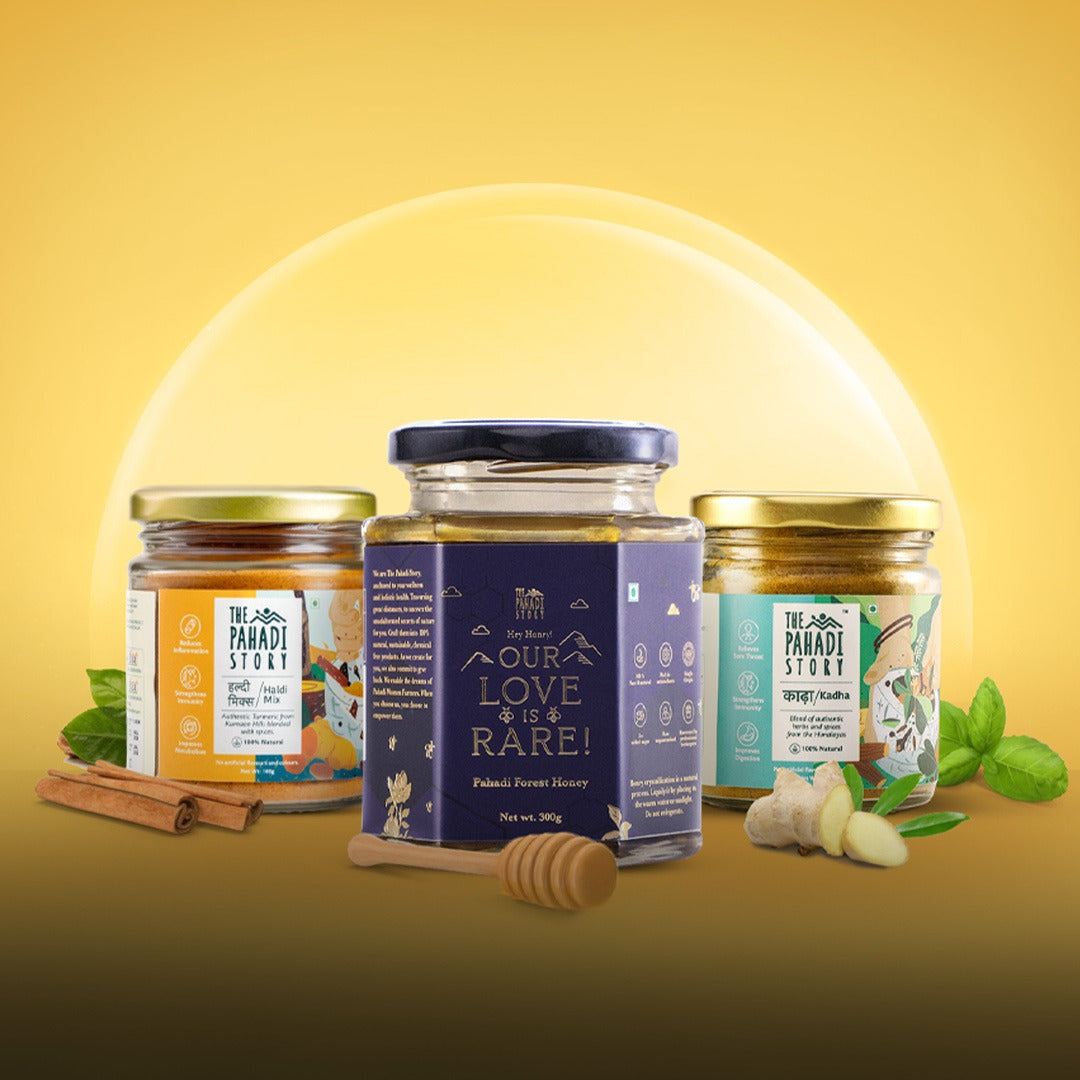
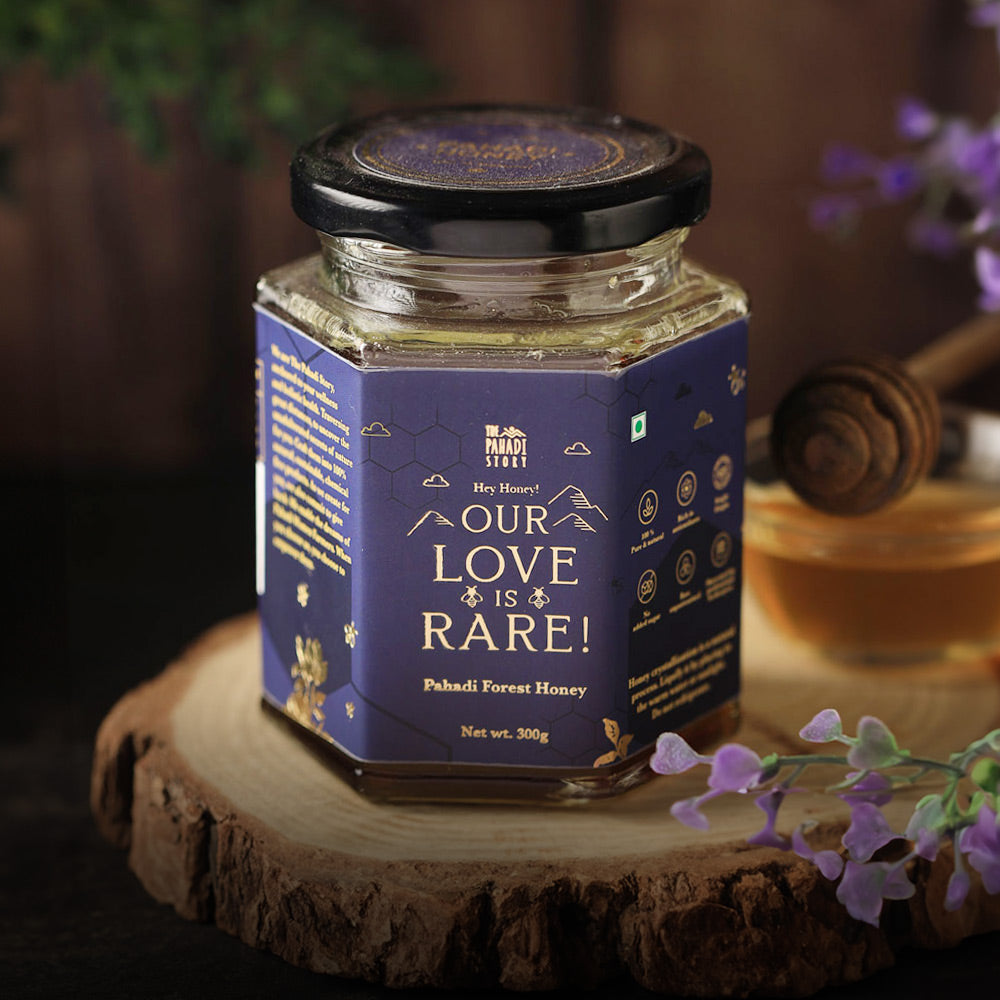
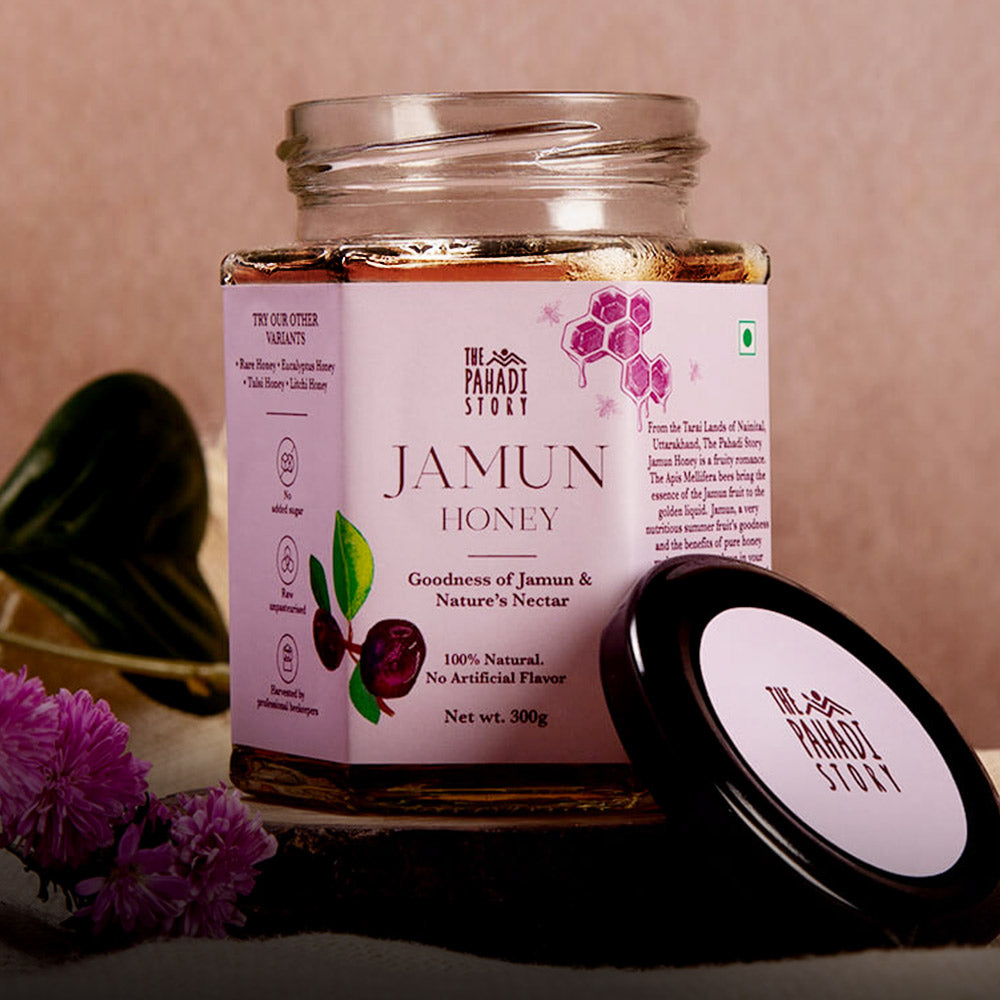
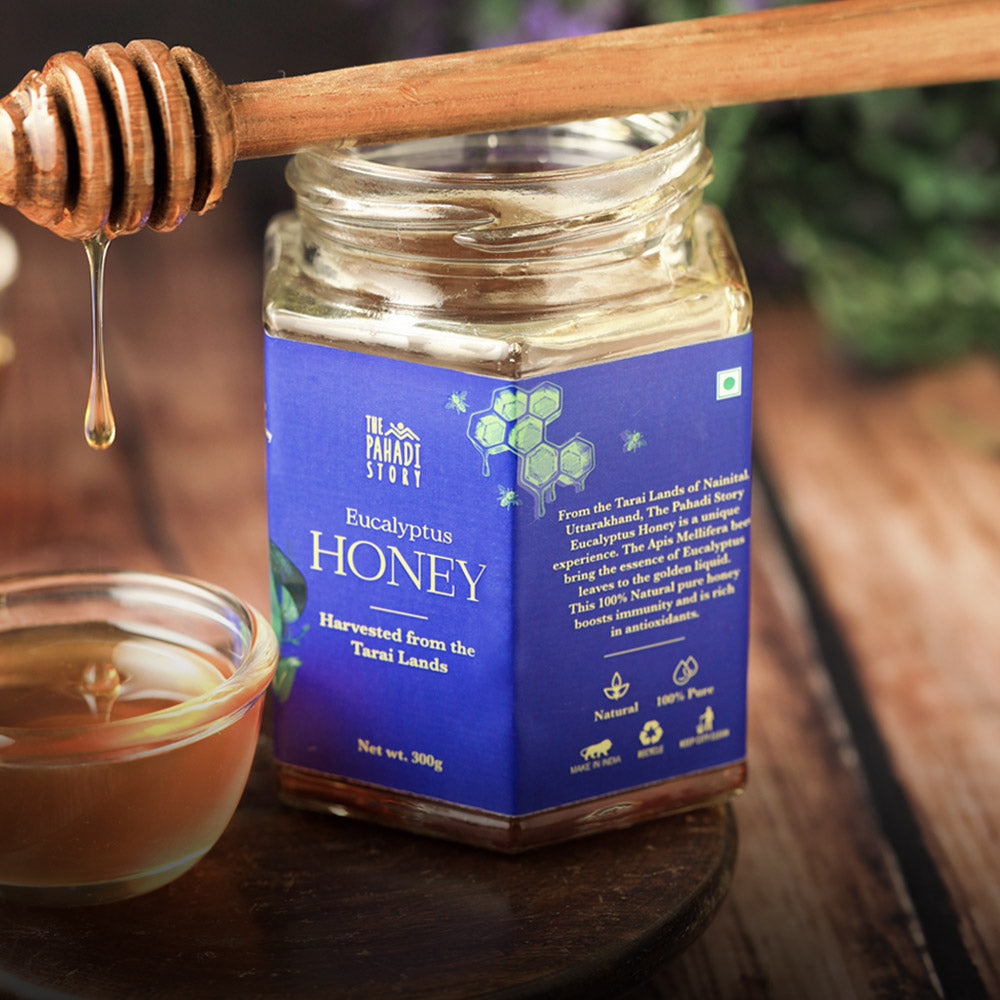
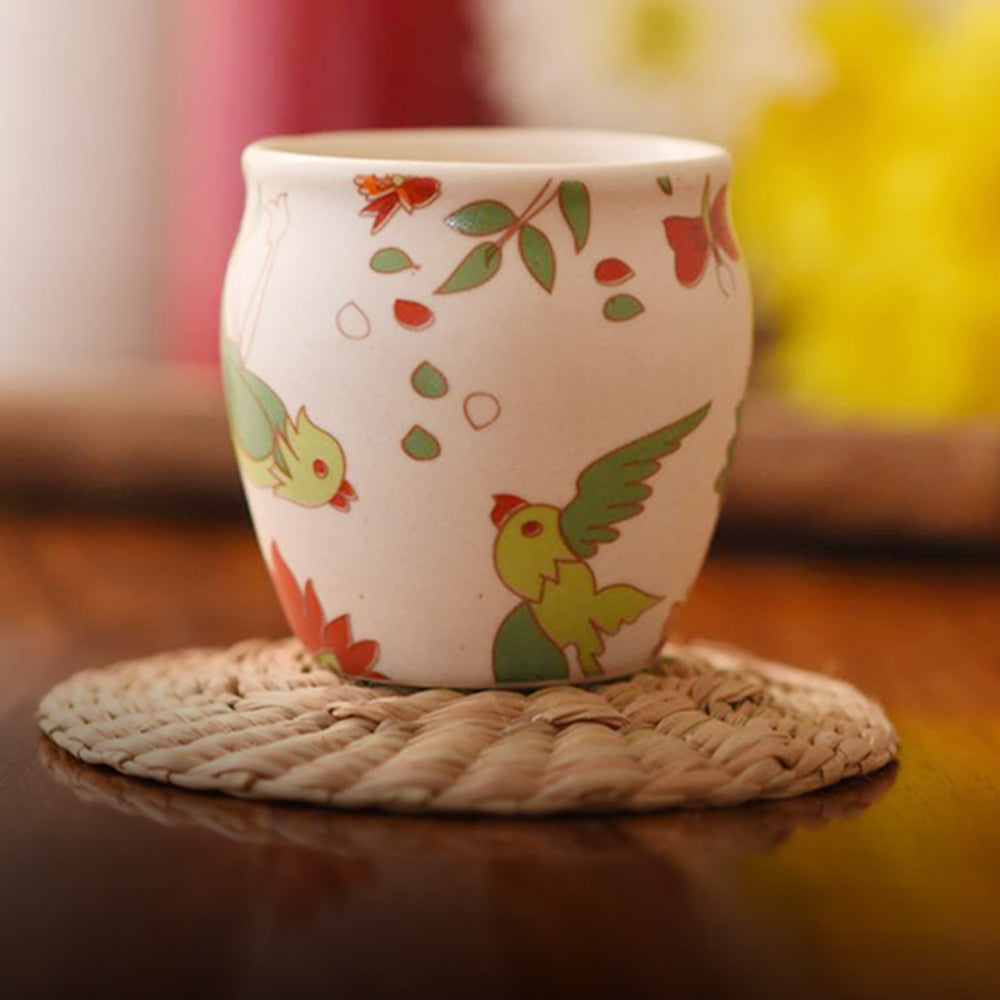
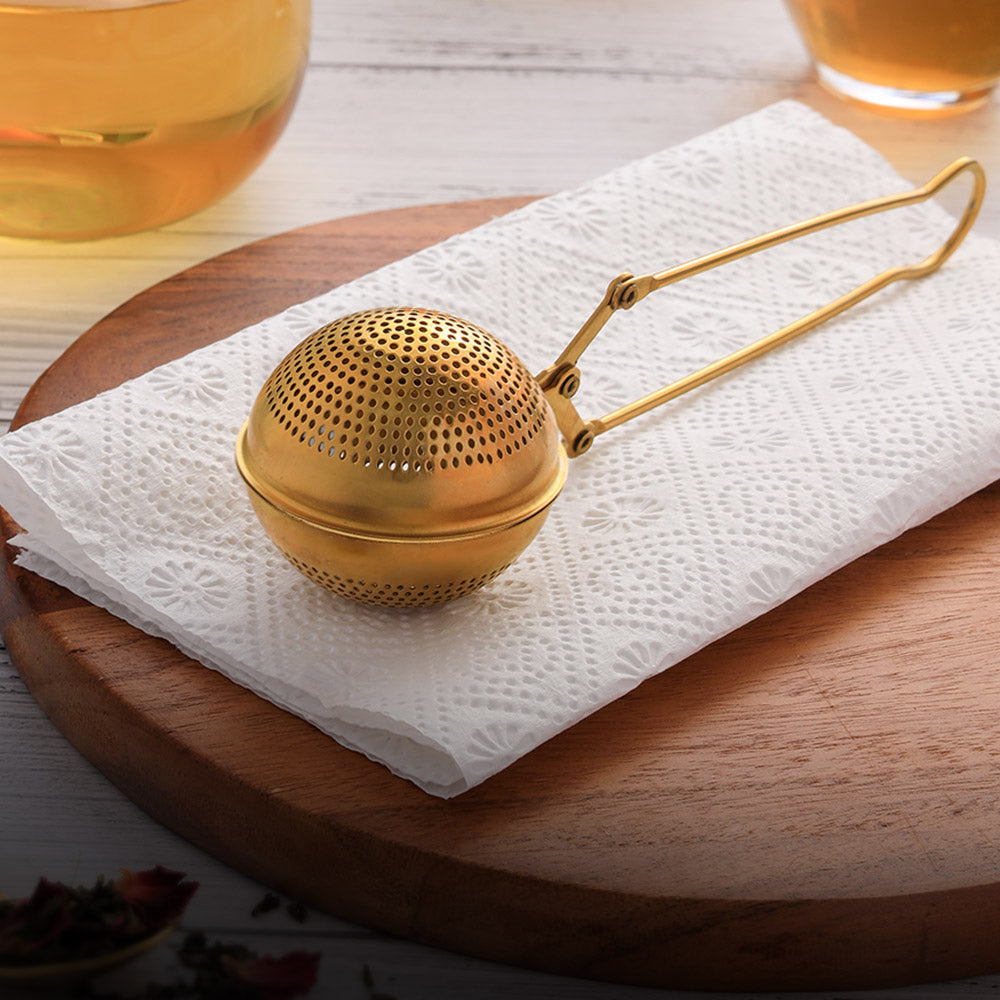
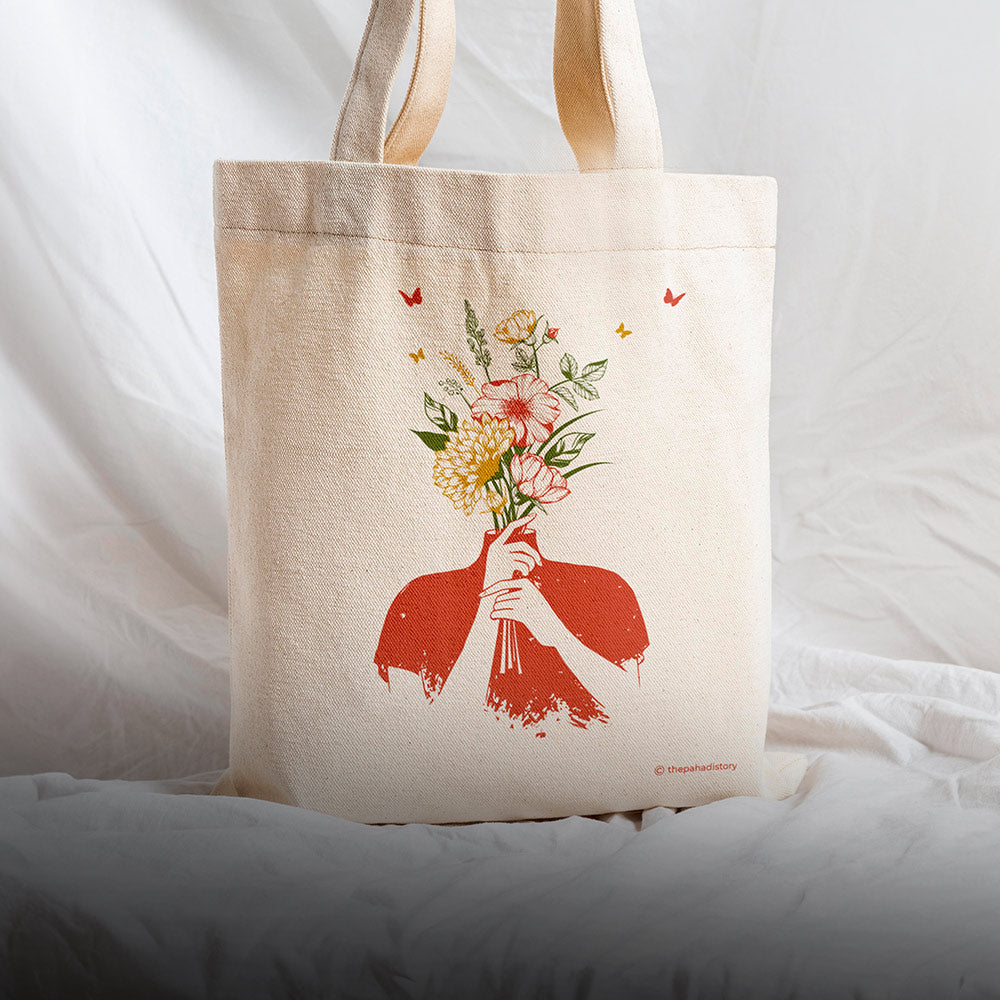
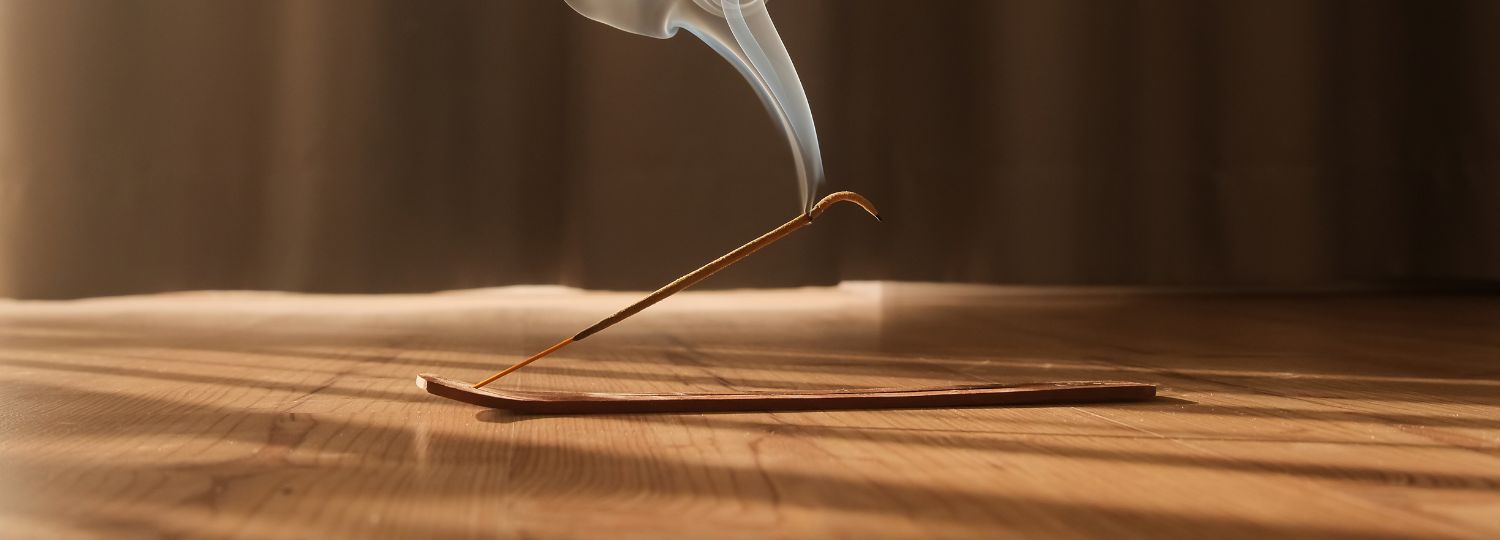
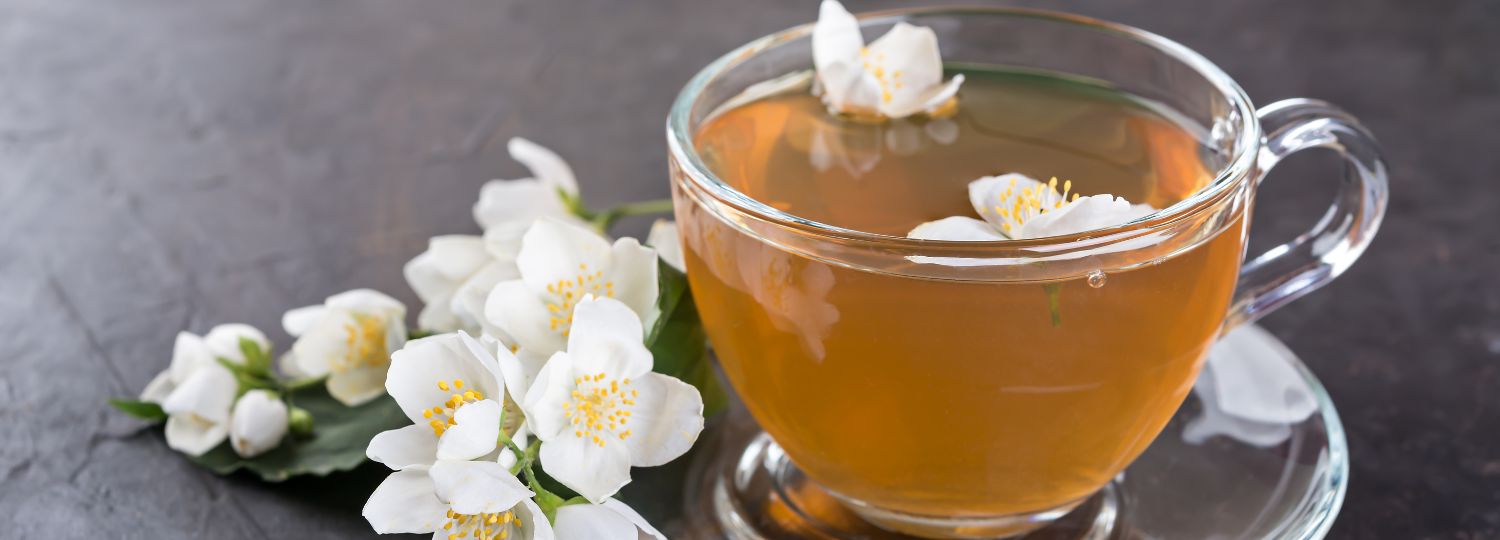

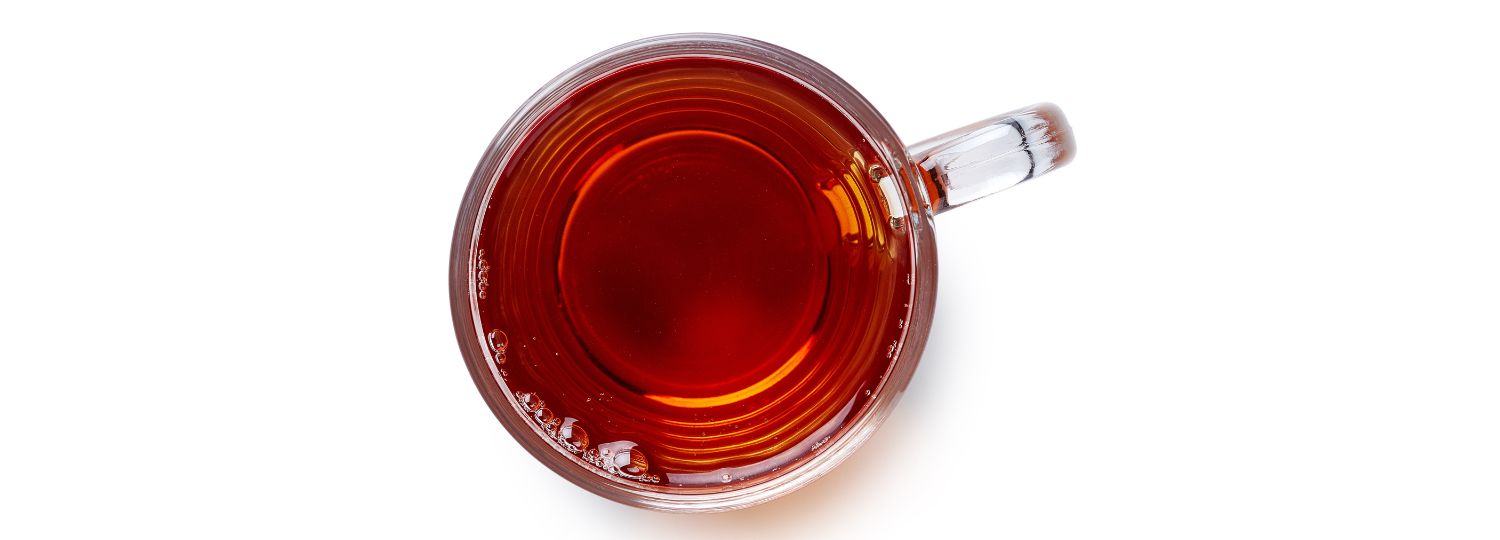
Leave a comment
This site is protected by reCAPTCHA and the Google Privacy Policy and Terms of Service apply.